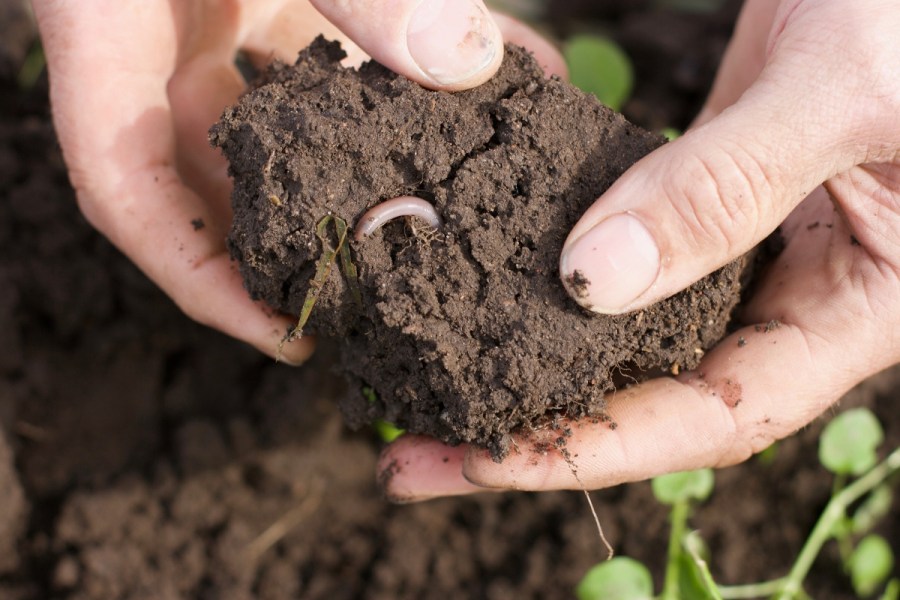Everywhere you turn in agriculture at the moment, the conversation is carbon.
A more ‘sustainable’, climate-friendly approach to farming often goes hand-in-hand with a better bottom line. But for growers, the opportunity is two-fold given the industry’s unique position to both reduce and sequester carbon stocks.
And though there’s a notable buzz around the potential of carbon trading and markets, there’s unsurprisingly a level of concern too – with factors like the regulation and stability of the market often cropping up as a key hurdle.
What’s more, with investors and creators realising the potential value in carbon markets, more and more trading platforms are beginning to emerge, adding a whole extra level of consideration for growers.
Among these, and bringing together a team of over 50 with backgrounds in everything from carbon science to software development – including Thomas Gent of Gentle Farming – is Agreena.
The ag-tech carbon trading platform is one of the first to support farmers in generating new cashflows through carbon farming and aims to be the one which overcomes some of the most concerning barriers. Its ambition is to provide farming with new opportunities to invest in a sustainable future – both commercially and environmentally – and users with a way of certifying and verifying their carbon stocks, explains the firm’s Oliver Clarke.
“Making every hectare count is the ethos behind Agreena – there’s so much opportunity and it’s a very exciting time for farmers.
“It’s this notion that’s essentially at the heart of Agreena and the platform is very much focused on putting the farmer first when it comes to trading natural capital.”
Oliver adds that some farmers are on the fence about carbon markets and trading at the moment. “We can completely empathise with this. Carbon is a new market and, understandably, there are questions to be asked and myths to dispel.”
Below, he talks through the three most common questions and answers from an Agreena perspective.
- Should I wait until the market is more established?
“A lot of growers are thinking it might be wise to hold off and wait and see what happens with the market before getting involved,” explains Oliver. “But the truth is that we, as an industry, should be acting now.”
Oliver says that farmers have the opportunity to become heroes in the current climate crisis. “Nature-based solutions are the most cost-effective mitigation effort, and carbon removals are going to be required to meet climate targets and combat this great challenge.”
He adds that soil health is also in a state of urgency. “Soils have become a depleted resource, and something that’s perhaps been taken for granted over recent years, so nurturing them – by implementing regenerative practices and cover cropping, for example – is really important.”
Some growers are currently apprehensive due to the lack of standardisation within the market, continues Oliver. “When we first started our solution to support farmers in transitioning to regenerative agriculture, no one was talking about carbon farming. Now government leaders from around the world are also working to encourage this market,” he explains, adding that it’s typical for innovation to come from the private sector where there is need, and for governments to respond. “We’re now sitting at the table with government leaders and policymakers – it’s a time where we are working together to create the greatest benefits for farmers over the long haul.”
“The science is constantly improving, and we’ve developed our programme aligned with industry best practices, and will continue to evolve as the industry evolves. There will continue to be unfolding developments with frameworks, which we really welcome and are taking a proactive role within.”
- Will I lose control over how I farm or be locked into a contract for many years?
“We realise that this is a major consideration for many growers and what’s important for us here is that no two farms are the same, and farmers should always have control over their farming practices,” stresses Oliver, who says that the company and programme were designed and developed with farmers and expert agronomists.
While there are two minimum requirements, no-tillage and no burning of biomass, he adds that unlike other platforms, Agreena lets users choose exactly which fields they want to enter and the practices they want to adopt. “The control is very much in the hands of growers, and we see our role as a support to that.”
Within Agreena, there’s the offer of different contract lengths to suit different growers and farm types, says Oliver. “This allows flexibility in the case of contracted land or succession planning, for example.”
- Should I even be selling my carbon certificates?
“Every farmer will have different needs and priorities when it comes to carbon farming,” explains Oliver. “Some might have financial motivations, while others may be turning regenerative for environmental purposes – to ensure they make their farms carbon neutral first before selling off the excess.”
He adds that the company allows this choice to be with the farmer, and that a key differentiator of Agreena is that it allows farmers to keep their carbon certificates to do what they want with them, or it also can sell certificates on their behalf.
Addressing the concerns that offsetting carbon is purely ‘greenwashing’ instead of making meaningful changes to reduce emissions, Oliver says the firm has put measures in place to ensure this isn’t the case.
“If Agreena is selling your certificates for you, we have a buyer screening policy. Largely, this is to make sure buyers have internal corporate climate targets are working to manage and decarbonise their own emissions – not just buying certificates without actions of their own.
“And while agriculture has historically been accused of being the large source of the problem when it comes to climate change and greenhouse gas emissions, now farmers have the opportunity to be part of the solution.”
For more information, visit: www.agreena.com





